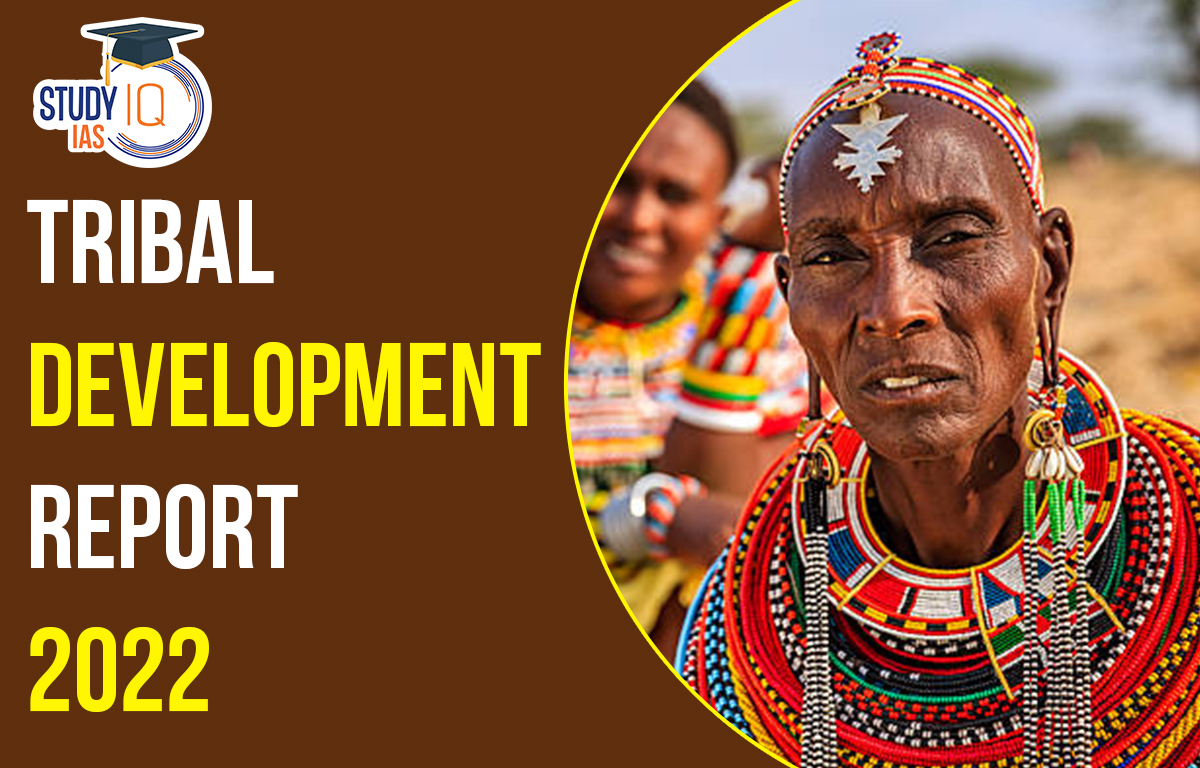Table of Contents
Constitution and Tribals
Article 366 (25) of the Constitution of India defined scheduled tribes as “such tribes or tribal communities or parts of or groups within such tribes or tribal communities as are deemed under Article 342 to be Scheduled Tribes for the purposes of this constitution”. Article 342 prescribes the procedure to be followed in the matter of specification of scheduled tribes. It provides for listing of scheduled tribes State/Union Territory wise and not on an all India basis.
About the Tribal Development Department Report
- It looks at the status of tribal communities at an all-India level and in central India with respect to livelihoods, agriculture, natural resources, economy, migration, governance, human development, gender, health, education, art, and culture.
- Goal: To inform stakeholders, including key policymakers, practitioners, activists, and academics, to help understand the scope of tribal issues.
- It focuses on the overarching theme of livelihoods for tribal communities from central India.
Findings of the Tribal Development Report
- India’s tribal communities form 8.6% of the country’s population according to the 2011 Census.
- Central India is home to 80% of the tribal communities in the country.
- Distress Among Tribals: Tribal areas have faced a lot of disturbance and conflict.
- Many government welfare schemes and policies are unable to reach in these areas.
- Tribals are at the bottom of the country’s development pyramid even after 75 years of independence.
- Neglect faced by tribal areas: Indigenous communities of India have been pushed farther away from alluvial plains and fertile river basins into the harshest ecological regions of the country like hills, forests, and drylands.
- Of the 257 Scheduled Tribe districts, 230 (90 per cent) are either forested or hilly or dry. But they account for 80 per cent of India’s tribal population.
- Lack of Development: Mapping of predominantly Adivasi concentrated sub-districts suggests a continuum of pockets of underdevelopment.
- Adivasi sub-districts belong to a larger contiguous backward region or Adivasi belt, which goes beyond the frozen administrative categories of state, district and sub-district.
- Isolation: Many tribal communities prefer isolation and silence.
- They are shy and are not going to reach out to the outside world on their own.
Read about: Scheme of Development of Particularly Vulnerable Tribal Groups
Policy Intervention
- During British colonial rule, the bond between Adivasis and their relation of symbiosis with their immediate environment was broken.
- Forest Conservation Act in 1980: Created the conflict between environmental protection and the needs of local Adivasi communities, driving a wedge between people and forests.
- National Forest Policy of 1988: For the first time, domestic requirements of local people were explicitly recognised.
- It emphasised safeguarding their customary rights and closely associating Adivasis in the protection of forests.
- However, movement towards a people-oriented perspective has not been matched by reality on the ground.
Bharat Rural Livelihood Foundation (BRLF)
- BRLF was set up the Union Cabinet September 3, 2013 as an independent society under the Union Ministry of Rural Development to scale up civil society action in partnership with central and state governments.


 Daily Quiz 05 July 2025
Daily Quiz 05 July 2025
 SSC MTS Apply Online for 1075 Posts – ...
SSC MTS Apply Online for 1075 Posts – ...
 Dynamic Pricing: What It Is and Why It's...
Dynamic Pricing: What It Is and Why It's...





















